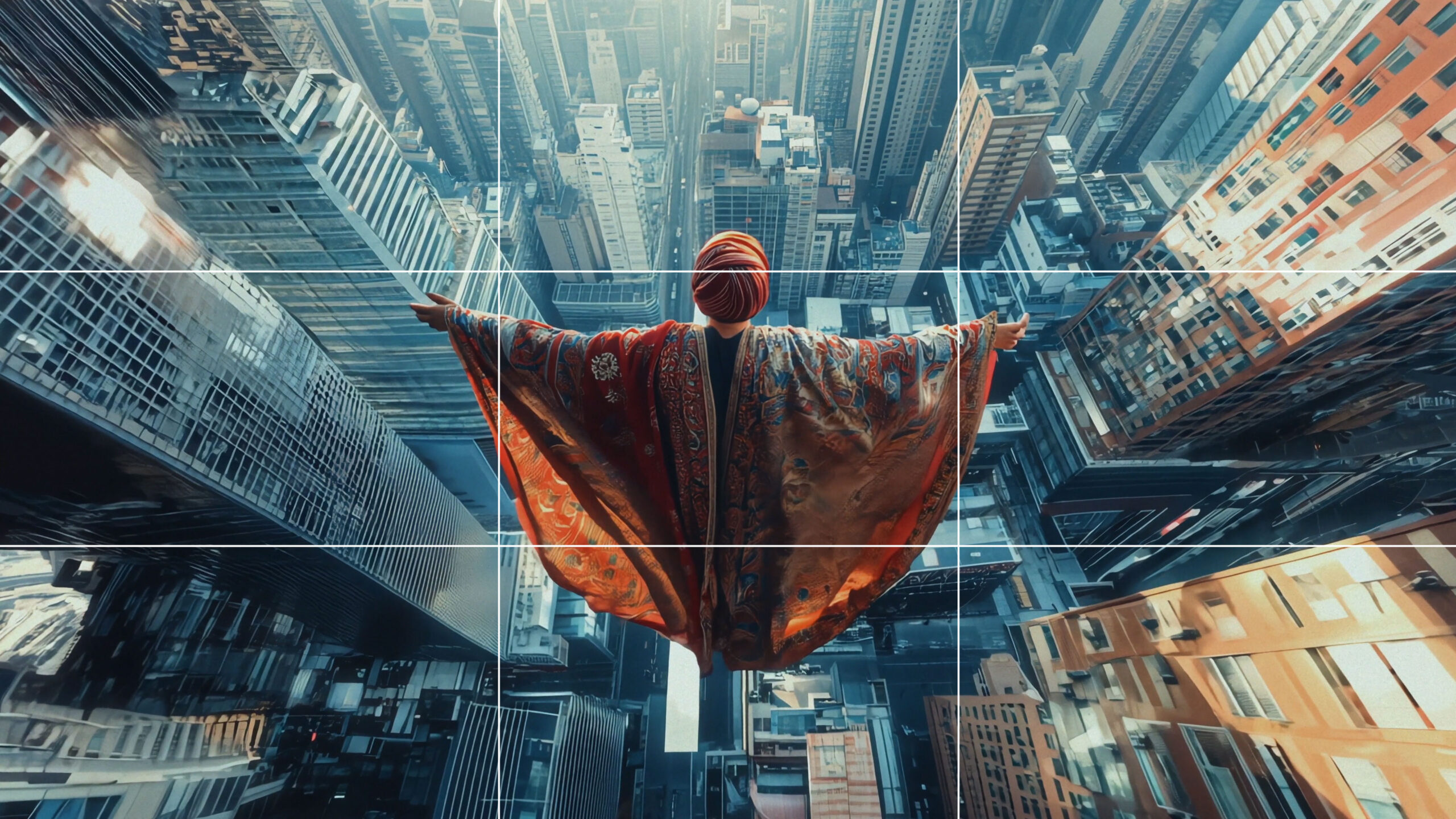Everything is in place.
Your setup is ready. The studio lights are warming up. The camera is prepped. Your models are on standby. Your assistant is holding that extra reflector. The backdrop is ironed and perfectly in position. The coffee is hot, your playlist is on, and the vibe is set. Now comes the crucial part—the one thing that will either elevate your shoot into something exceptional or make it feel flat and unbalanced: composition.
Composition is the invisible force that guides the viewer’s eye, tells a story, and brings all your elements into harmony. Without it, even the most beautiful subject can look awkward. With it, even a simple scene can become visually captivating.
Center Isn’t Always King
Many beginners instinctively place their subject smack in the middle of the frame. And you know what? Sometimes, that works. Centered shots can feel powerful, balanced, and clean. Think of a bold portrait or a symmetrical landscape—centered composition has its place.
But if you’re looking to create more dynamic, story-driven, and visually interesting shots, there’s one timeless principle that can instantly elevate your work: the rule of thirds.
What is the Rule of Thirds?
Imagine drawing two equally spaced vertical lines and two equally spaced horizontal lines across your frame, dividing it into a 3×3 grid. Where those lines intersect—those four points—are your sweet spots. That’s where you want to position your subject or points of interest.
By placing your subject slightly off-center, aligned with one of those intersections, you create a natural balance in your image. It encourages the viewer’s eye to move around the frame and take in the environment, not just the focal point. It adds depth. It adds flow. And most importantly, it adds interest.
Why It Works
Our eyes are naturally drawn to these points. Artists have used this technique for centuries—from Renaissance painters to modern-day cinematographers—because it simply works. It’s one of those “rules” that feels more like a shortcut to better results. Even if you’re new to photography or videography, the rule of thirds can help you create professional-looking compositions from day one.
It’s also incredibly versatile. Whether you’re shooting portraits, interviews, product shots, or lifestyle b-roll, the rule of thirds gives you a reliable starting point. And once you’ve mastered it, you can break it creatively when the moment calls for it.
Subjective, Not Set in Stone
Now, let’s be clear—this isn’t a hard rule. It’s more of a guideline. There are many amazing images that break the rule of thirds deliberately and with intention. The key is knowing why you’re breaking it. When you understand how the rule works, you’ll be able to recognize when it serves your vision—and when it doesn’t.
Your style, your storytelling, your subject matter—these all play a role in how you frame your shots. There’s no one-size-fits-all. But if you’re looking for consistency, balance, and visual appeal, the rule of thirds is a great place to begin.
Use It, But Don’t Rely on It Alone
Of course, no amount of good framing can save a shoot with poor lighting, sloppy sound, or a distracting background. Composition is one piece of the puzzle. It works best when everything else—the wardrobe, the environment, the color palette, the pacing—also supports your vision.
So yes, learn the rule of thirds. Use it. Play with it. Then, combine it with everything else you know about visual storytelling. That’s when the magic happens.




